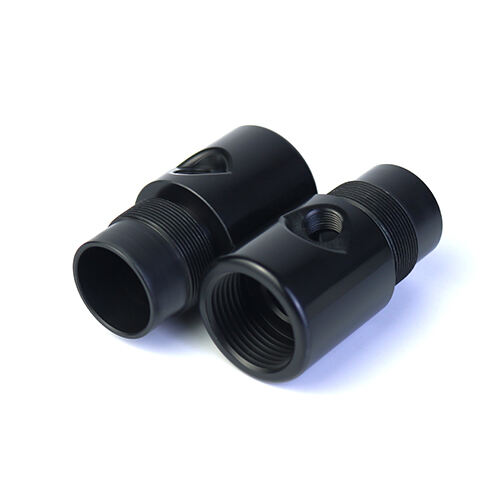DMLS vs Forging for High-Strength Steel Components
High-performance steel components market increasingly faces a manufacturing crossroads. While traditional forging delivers proven reliability, DMLS adoption grows 19% annually for its design freedom.

Methodology
1.Test Specimens
• Design: Standardized test coupons and actual production parts:
Suspension yoke (780g)
Turbine linkage (620g)
• Material: AISI 4340 steel, heat-treated to 42-44 HRC
2.Production Systems
• DMLS: EOS M 300-4 (400W laser, 30μm layer thickness)
• Forging: 1500-ton hydraulic press with induction heating
3.Evaluation Metrics
• Tensile/fatigue testing (per ASTM E8/E466)
• Microstructure analysis (SEM/EDS)
• Production cost breakdown (machine time, material, post-processing)
Discussion
1.When DMLS Makes Sense
• Prototyping: 5-day lead time vs 8 weeks for forged prototypes
• Complex geometries: Internal channels or topology-optimized designs
• Low-volume production: <200 units for mid-size parts
2.Forging Advantages
• High-volume: >300 units annually
• Critical safety parts: Steering/suspension components
• Material efficiency: 95% utilization vs DMLS's 60-70%
Conclusion
For high-strength steel components:
• DMLS: Optimal for complex, low-volume parts requiring fast iterations
• Forging: Remains champion for high-volume production and maximum strength
Emerging hybrid approaches (DMLS near-net shapes + forged finish) warrant further study.


